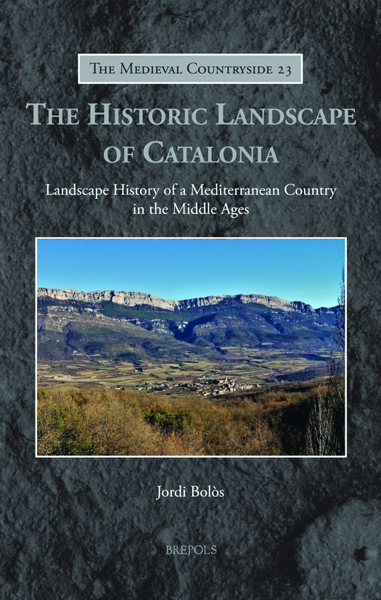
The Historic Landscape of Catalonia
View publication
"Eva Svensson's The Medieval Household: Daily Life in Castles and Farmsteads. Scandinavian Examples in their European Context is beautifully produced with an extensive bibliography, superb photographs, and well-produced graphics."
(B. Hudson, in The Medieval Review, 09.10.01)
"It is wonderfully refreshing to find that the author is very willing to let the reader know her speculations about interpreting the evidence."
(Barbara A. Hanawalt, in Speculum 86/2, April 2011, p. 560)